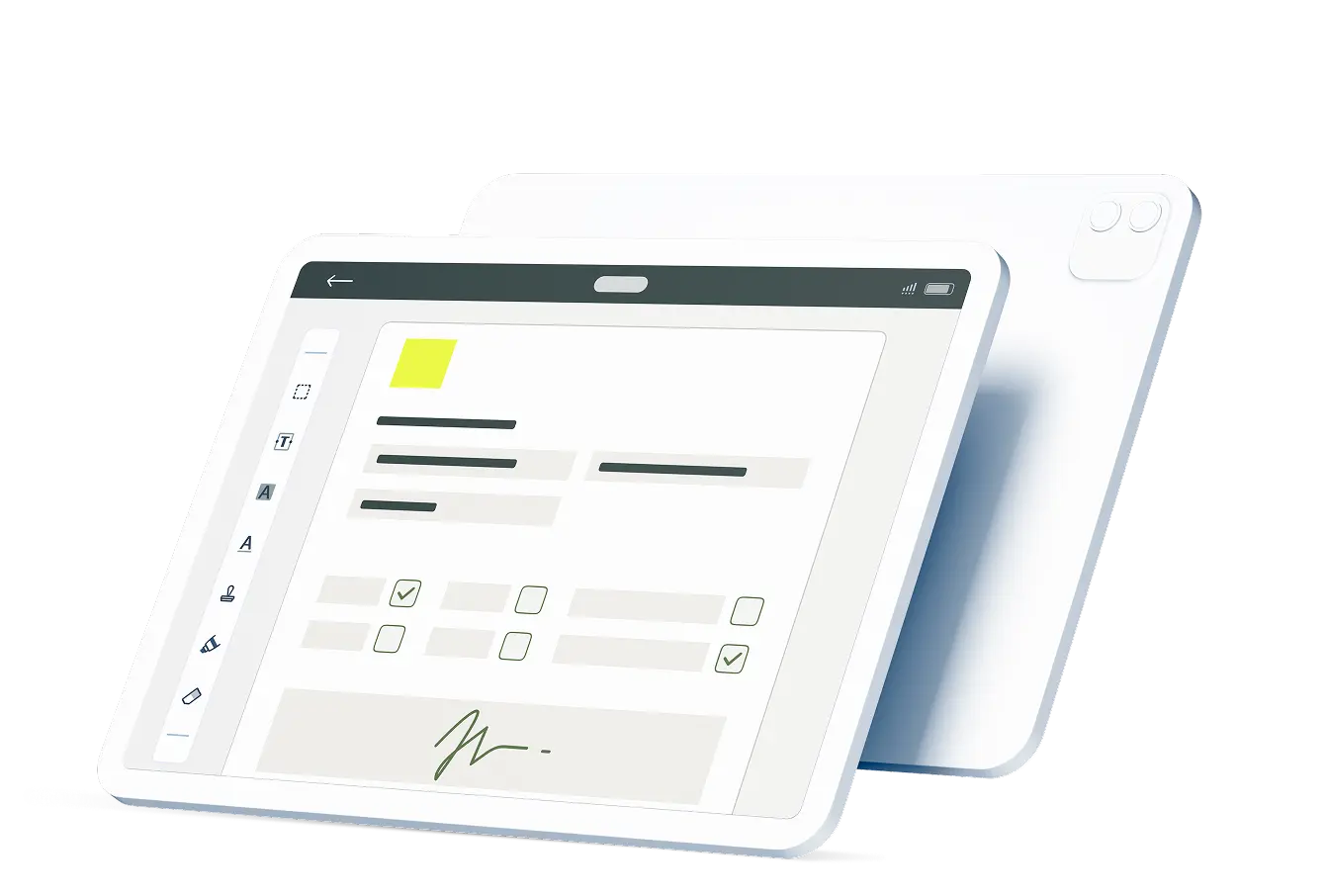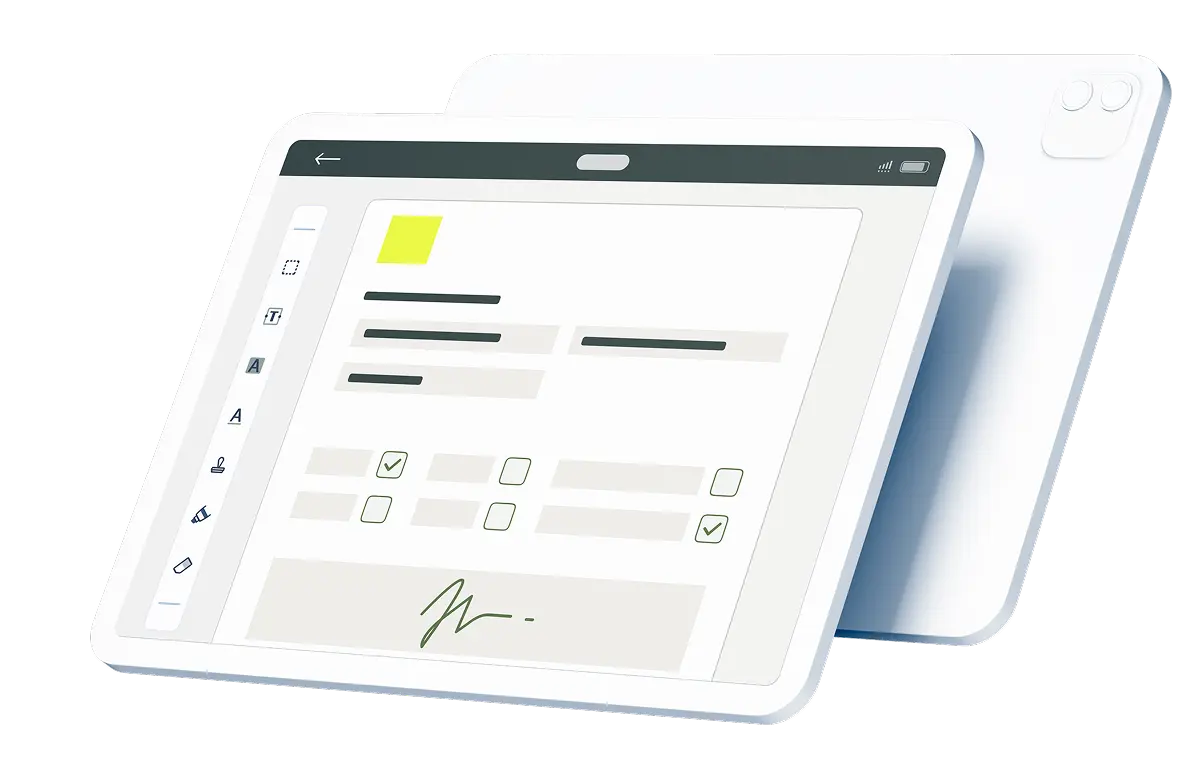Let’s dive into the summary of these to understand the scope of the typical management of change procedure and specifics for its documenting.
Contents:
What is MOC?
MOC stands for “Management Of Change,” meaning the dedicated system built to shift smoothly to an entirely new or enhanced process, controlling the potential risks.
An enterprise that observes ISO, OSHA or other occupational safety standards must define the Management of Change procedures. Section 4.4 of the ISO 45001 standard identifies the need to define MOC to maintain an OH&S management system. OSHA specifies the need for MOC concerning changes that affect Process Safety Management.
Defining a MOC procedure is focused on the following aspects:
- indicating why a change is necessary
- identifying the impact of the change
- assessing potential hazards
- taking measures to control or prevent these risks
MOC procedures can apply to physical changes to a workplace, operational changes and changes that pertain to personnel.
What the MOC Process Covers
The MOC process covers the full extent of a change in a workplace. Architecture, engineering and construction (AEC) firms often have regulated change reporting requirements. Here is the general scope of MOC processes that applies to the majority of workplaces:
Here are some general OSHA requirements for step ladders:
- Reason for Change: Explain why a change needs to take place.
- Technical Considerations: Leverage equipment changes and other technical factors.
- Employee Impact Assessment: Identify the impact of a change on employees and define their roles in it.
- Safe Operation Guidelines: Review safety factors and specify ways to mitigate new hazards.
- Management of Change Checklist: Develop checklists for ongoing reviews and assessments.
MOC processes should factor in the unique circumstances and risks associated with making changes at a particular enterprise. Forms and checklists must meet specific regulatory standards to guide and document the stages of the process.
Why Use a MOC Template
Our template for MOC is consolidated from a range of enterprise MOC forms to implement changes. You can use it as a basis for the development of custom MOC forms that meet applicable regulatory requirements. It will help safety coordinators and managers include the key sections when they create custom MOC forms, saving time and reducing risks. These digital MOC forms can be even easier to access, back up and refer to for future changes when you use Fluix Form Builder.
What To Include in a Management of Change Form
Here are the critical components for all MOC forms:
- unique form identifier for recordkeeping
- starting date of the change process
- completion date for all procedural stages
- brief description of a change
- major/minor change classification
- permanent/temporary change categorization
- the expiration date for temporary changes
- signature to authorize changes
- follow-up activities table with the resolution of actions that were completed after implementing a change
How To Streamline MOC Approval Processes
MOC procedures come before the implementation of changes. After filing forms, making notations in a MOC log can enable stakeholders to track the approval process. Here is the basis to ensure a smooth implementation process:
- Set Up Digital MOC Forms: Digital forms are faster to fill out, submit and process. For instance, technicians at RWE Renewables reduced daily form completion time by 45% by digitalizing their form submissions.
- Automate a MOC System: Automated notifications can speed up change approval.
- Identify Relevant Safety Measures: Use digital checklists and forms to identify safety measures.
- Assign Roles for Training: Determine who will provide and receive training about implemented changes.
- Digitalize the Follow-Up Process: Monitor changes with checklists and following MOC forms.
Once you define a procedure, checklists and other supplementary materials can help stakeholders manage changes. Digital MOC forms and checklists can resolve many causes of delays and speed up review and approval processes.
Why Implement MOC Best Practices
MOC procedures are mandatory for enterprises in the AEC sector that follow process safety management regulations. However, enterprises that are not subject to process safety management regulations can also benefit from implementing MOC procedures. Defined change management workflows prevent making changes before assessing potential risks, which brings tremendous value to any company.
How Dedicated Checklists Standardize MOC Procedures
MOC forms and checklists account for every step in change management procedures. Safety coordinators and managers can use Fluix to prepare and distribute MOC documentation in one single application. And with the approval management software, all stakeholders would be apprised of progress. You can find out how Fluix can optimize MOC procedures in your industry in a demo.

